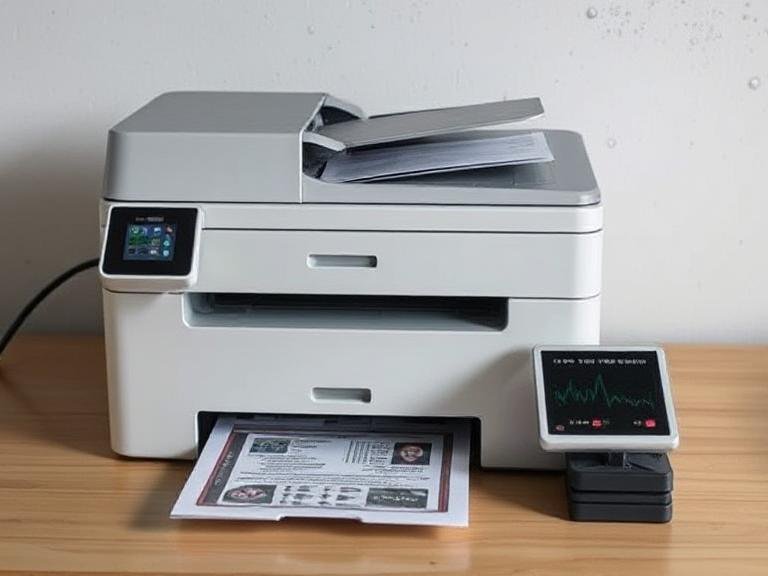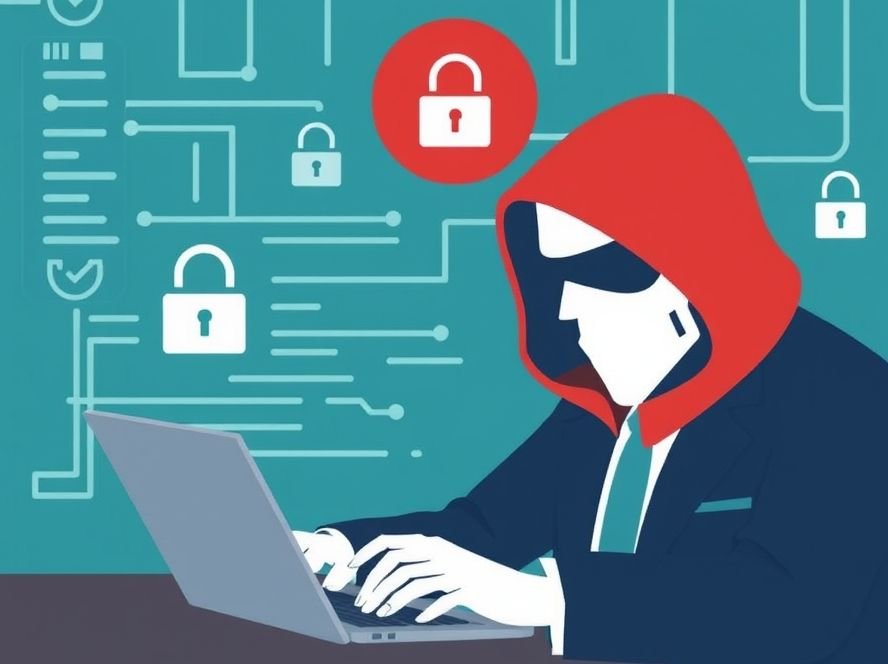4 Must-Do Steps to Protect Your Virtual Environment

4 Must-Do Steps to Protect Your Virtual Environment
Virtual doesn’t mean invincible.
Just because your servers live in the cloud — or inside a hypervisor — doesn’t mean they’re safe.
In fact, they’re often more vulnerable — because most businesses treat them like “set it and forget it” appliances.
Big mistake.
A poorly secured virtual environment isn’t just a tech problem.
It’s a business-ending risk.
One breached VM can give hackers keys to your entire kingdom — customer data, financial systems, internal apps — all gone in minutes.
And recovery? If you’re not prepared… good luck.
The good news?
You don’t need magic.
You don’t need a million-dollar SOC.
You just need to do these 4 things — and do them right.
⚠️ Why “Virtual” Is the New Frontline for Cyberattacks
You moved to virtualized infrastructure for good reasons:
✅ Faster provisioning
✅ Lower costs
✅ Easy scaling
✅ Flexible resource allocation
But here’s what no one told you:
🔒 Traditional security tools don’t work here
🔒 Visibility is harder — things move, clone, vanish
🔒 One misconfiguration can expose everything
🔒 Ransomware doesn’t care if your server is physical or virtual
You’re not securing metal anymore.
You’re securing layers — hypervisors, VMs, networks, storage, identities.
Miss one? That’s all a hacker needs.
🚨 The 3 Silent Killers Lurking in Your Virtual Environment
Before we fix it — let’s name the threats.
1. 👾 External Attacks Through the Back Door
Hackers don’t need to break into every VM.
They just need to compromise your hypervisor or management console.
Once they’re in?
→ Create admin accounts
→ Clone your critical VMs
→ Export entire disks full of sensitive data
→ Deploy crypto miners or ransomware across your stack
Scary? Yes.
Preventable? Absolutely.
2. 📋 Copy-Paste & File Sharing — The “Convenience” That Breeds Catastrophe
That handy “copy-paste between host and VM” feature?
It’s a data exfiltration superhighway.
Hackers who get into your vCenter or ESXi host can:
→ Copy sensitive files out of secure VMs
→ Paste malware directly into isolated environments
→ Move laterally without triggering network alarms
💡 Pro tip: Leave those settings disabled. Always.
Convenience isn’t worth the risk.
3. 💣 Ransomware Loves VMs — And You’re Making It Easy
Think restoring a VM is as simple as clicking “revert snapshot”?
Try again.
Ransomware doesn’t just encrypt files — it encrypts disks.
Snapshots? Often encrypted too.
Backups? If they’re connected or on the same storage — toast.
And recovery? Without clean, offline, tested backups…
You’re paying the ransom — or shutting down.
🔐 4 No-Excuses Ways to Secure Your Virtual Infrastructure (Starting Today)
You don’t need to be a VMware guru.
You just need to be intentional.
1. 🧭 Tame the VM Sprawl — Or Drown in It
“Let’s spin up a quick test VM” — said every admin… ever.
Before you know it?
→ 50 unpatched VMs
→ 12 forgotten dev environments
→ 3 with admin passwords still set to “password123”
👉 Do this now:
→ Keep a real-time inventory of every VM (name, owner, purpose, last patch date)
→ Automate decommissioning of unused machines
→ Enforce tagging and lifecycle policies
→ Log every action — who created what, when, and why
Sprawl isn’t cute. It’s a liability.
2. ⚙️ Lock Down Your Configurations — From Day One
Default settings are hacker settings.
Most VMs inherit the same insecure template:
→ Open ports
→ Unnecessary services
→ Weak segmentation
→ Shared credentials
👉 Fix it:
→ Harden your golden image before cloning
→ Disable promiscuous mode, forged transmits, MAC spoofing on vSwitches
→ Segment workloads — don’t let your database VM chat freely with your web server VM
→ Scan every new VM against security baselines before it goes live
Configuration drift kills. Consistency saves.
3. 🛡️ Secure Everything — Not Just the VMs
Virtual doesn’t mean “disconnected from reality.”
Your hypervisor runs on physical hosts.
Those hosts connect to switches, routers, storage.
And all of it needs patching, monitoring, and hardening.
👉 Checklist:
→ Update hypervisor + host firmware monthly (yes, even if “it’s working fine”)
→ Patch guest OSes automatically — schedule reboots after hours
→ Install lightweight, VM-aware antivirus (think: CrowdStrike, SentinelOne, not old-school Norton)
→ Monitor East-West traffic — VM-to-VM communication is where attacks hide
Security isn’t a layer. It’s the whole stack.
4. 💾 Backups Aren’t Optional — They’re Your Business Lifeline
If you can’t restore — you’re out of business.
👉 Your backup strategy must include:
→ 3 copies of critical data
→ 2 different media types (disk + cloud, or disk + tape)
→ 1 off-site, air-gapped, immutable copy (ransomware can’t touch it)
→ Tested restores — quarterly, at minimum
→ VM-level AND file-level recovery options
And no — snapshots are not backups.
They’re convenient. They’re fast.
They’re also the first thing ransomware encrypts.
💡 Bottom Line: Virtual Security Isn’t “Nice to Have” — It’s Survival
You didn’t virtualize to become less secure.
You did it to move faster, scale smarter, and cut costs.
But speed without security?
That’s not innovation.
That’s Russian roulette.
Start small. Pick one of the 4 tips above.
Implement it this week.
Then move to the next.
Because in today’s world?
If it’s virtual — it’s a target.
Time to protect it like one.
🤝 Need a Reality Check on Your Setup?
Don’t guess your way through virtual security.
👉 Book a free 15-minute consult with us.
No sales pitch. No jargon.
Just a real conversation about:
→ What you’re doing right
→ Where you’re exposed
→ How to fix it — fast, simple, affordable
Because your business shouldn’t depend on luck.
It should depend on smart, layered, human-led security.






